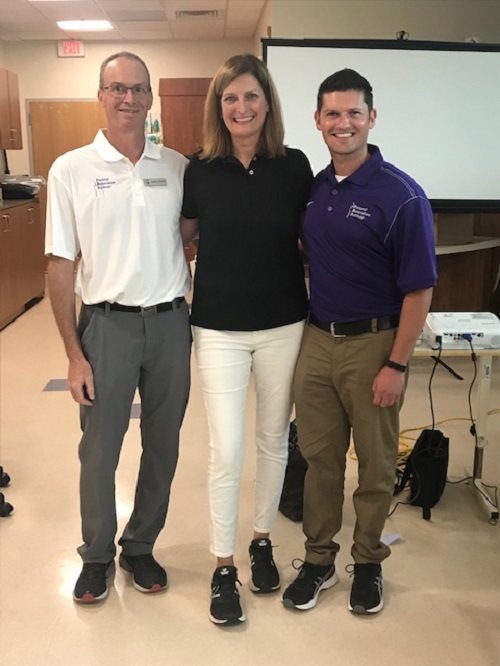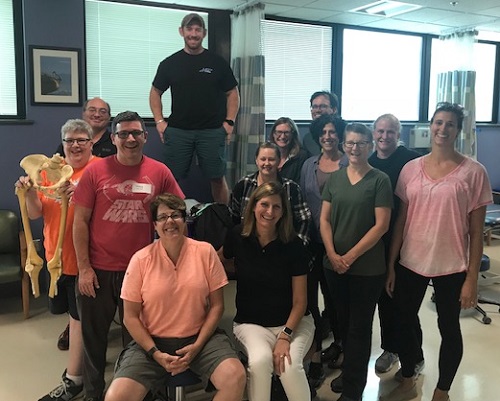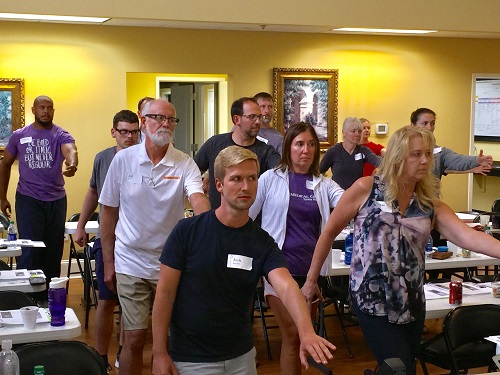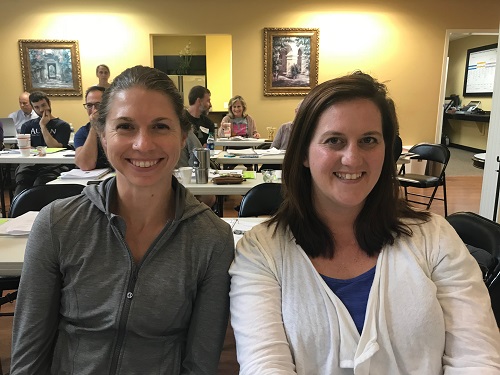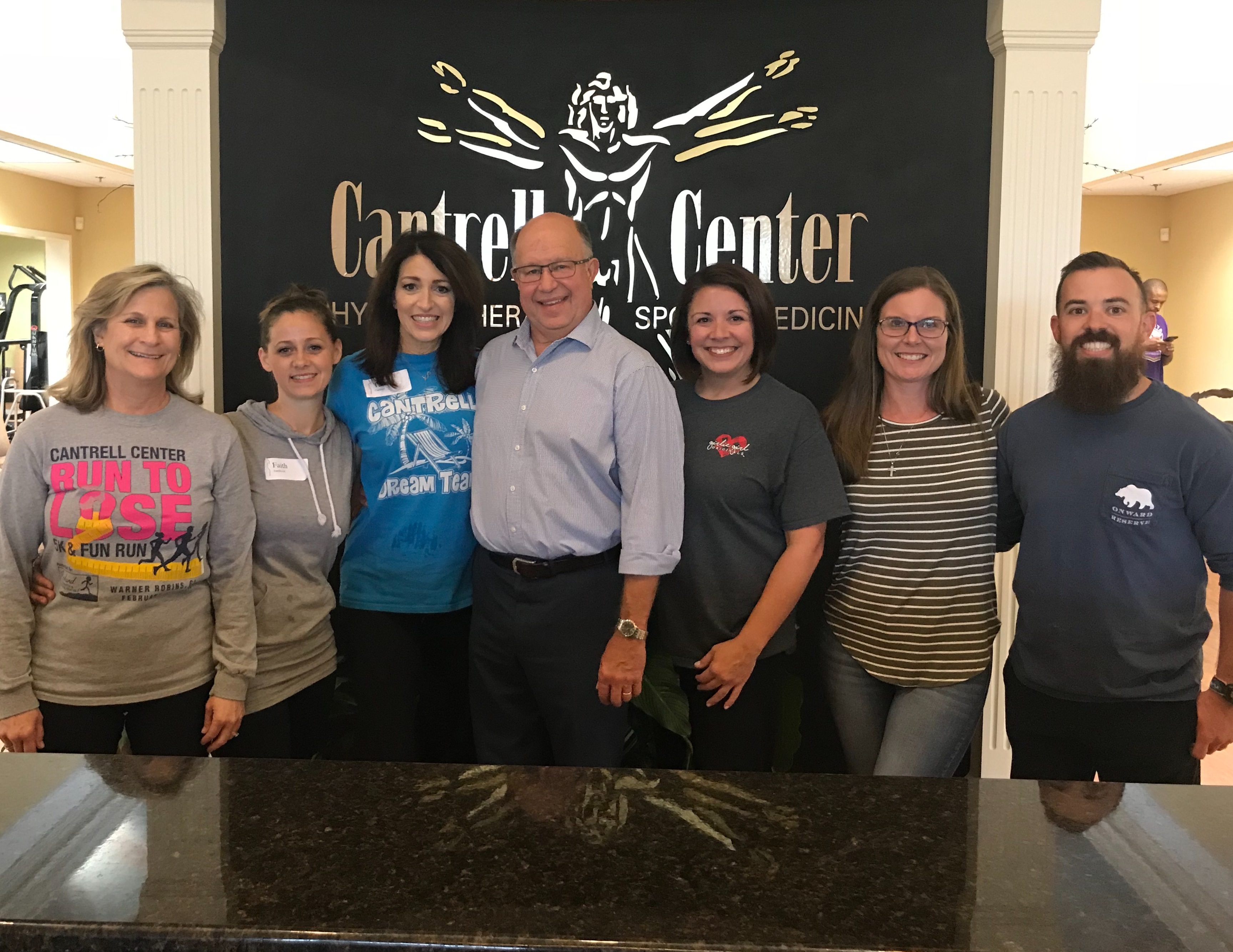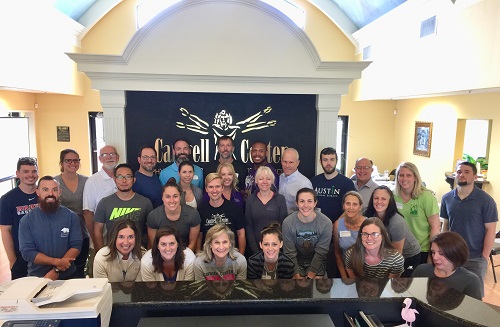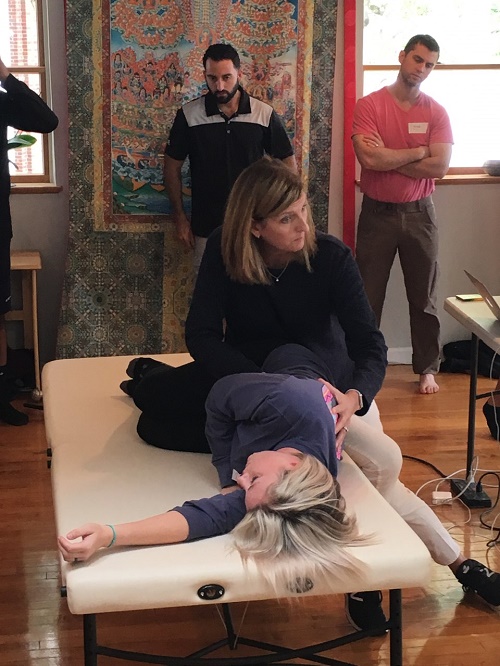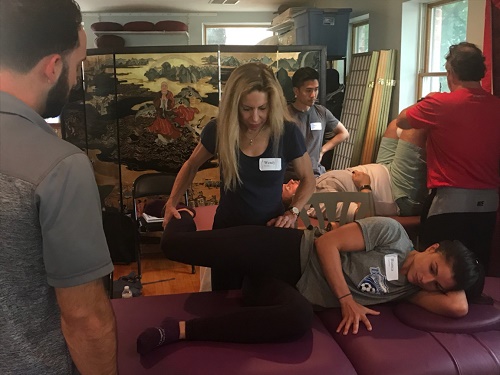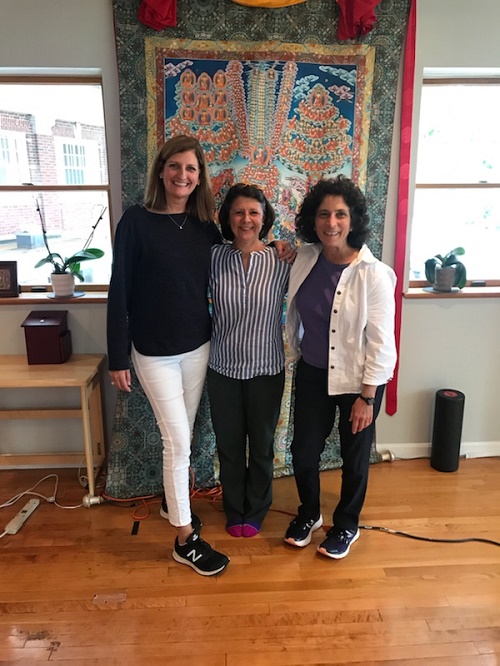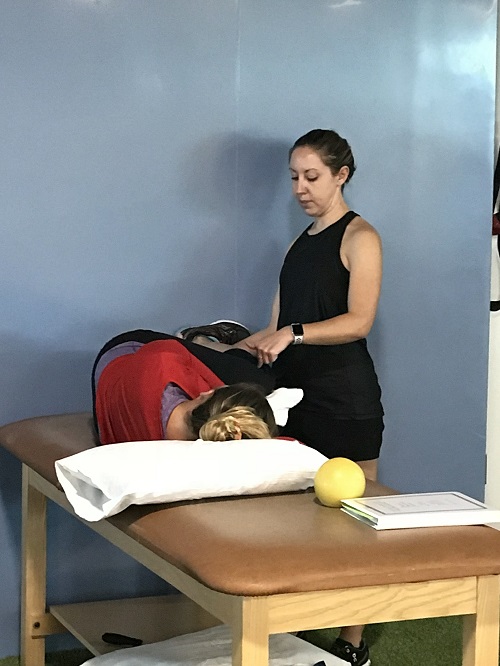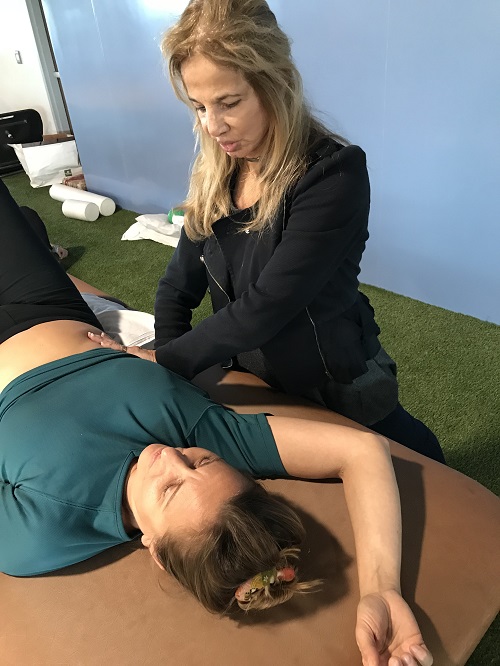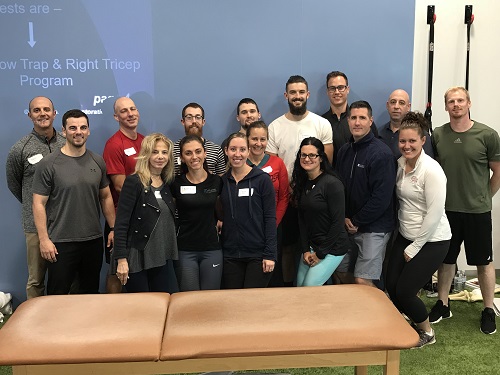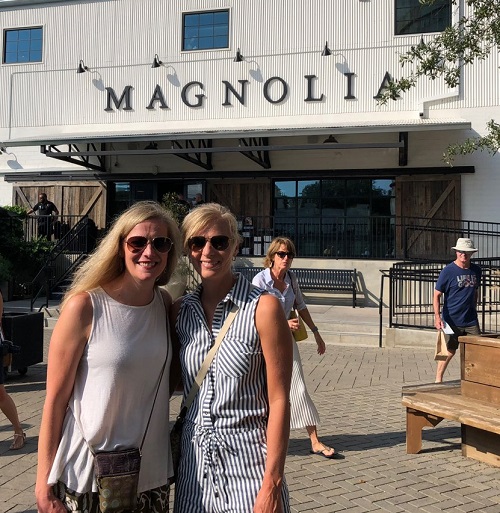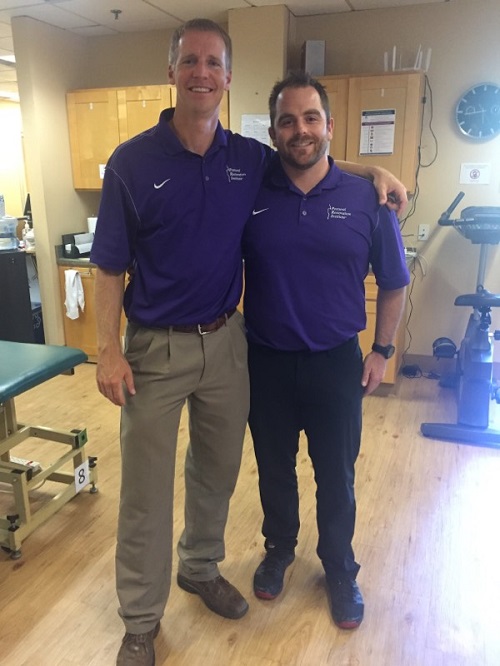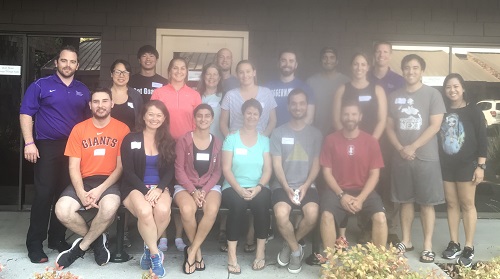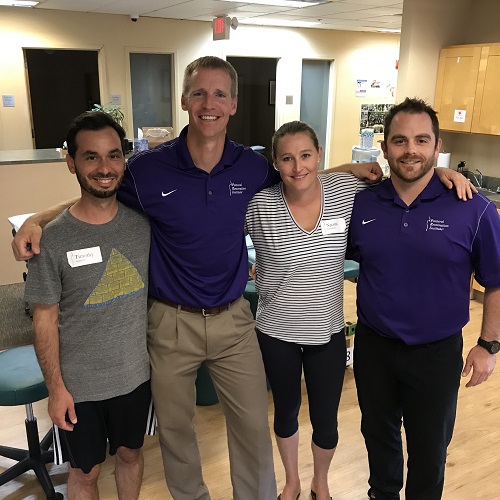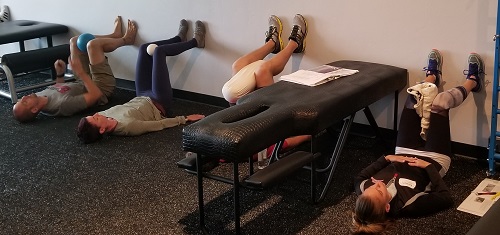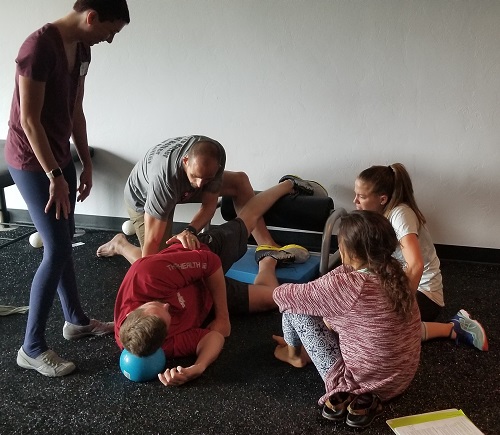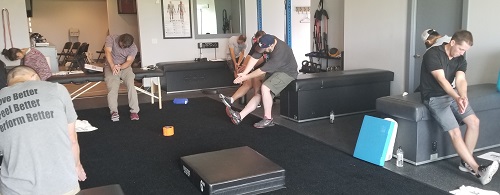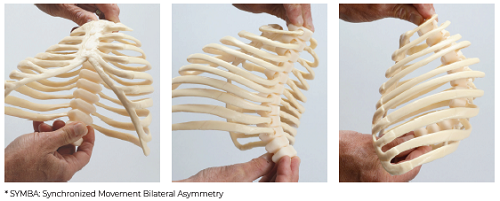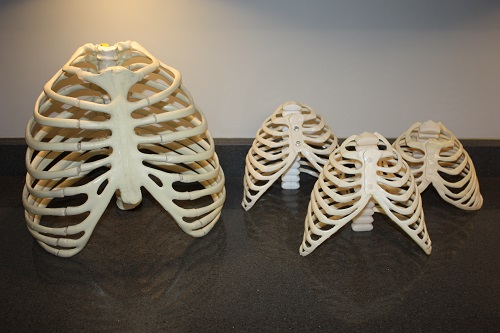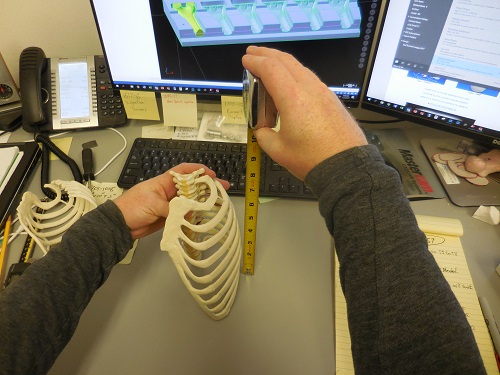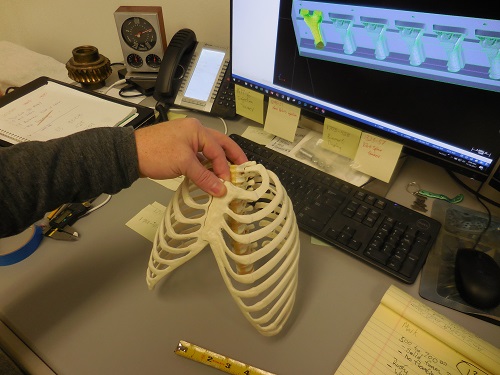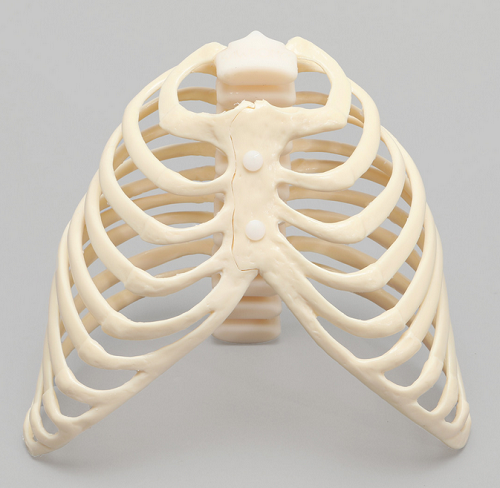It’s not too late, but the Postural Restoration Trained™ (PRT) credentialing program application deadline is quickly approaching! If you are interested in applying this year, applications are due on October 15th and testing will take place on January 7-8, 2019 in Lincoln. To learn more about eligibility for PRT credentialing and download the application, CLICK HERE!
What have others shared about their experience with PRT credentialing?
"The PRT credentialing process was a wonderfully fulfilling experience. The challenge of putting together the application combined with the nurturing environment of the testing phase in Lincoln was such an impactful learning opportunity. All of the Institute’s staff members involved with the process in addition to my fellow applicants were fantastic in both professional quality and character. I am certainly proud to have earned the PRT designation in the eyes of the Postural Restoration Institute." – Ryan DiPanfilo, ATC, CSCS, PRT
"Obtaining the PRT was more than just taking another test to add letters behind my name. It was an opportunity to challenge myself to move to the next level in an area I am passionate about. The 2 days at spent at PRT testing weren’t the end of over 2 years of studying, but the beginning of moving forward with an organization that is quietly changing the way we treat the human body. I highly encourage anyone who has met the PRT requirements to take the next step to obtain the PRT credentials." – Tim Dempsey, CSCS, PRT
"Everything was great! Really good stimulated critical thinking and application of the information. The two days flowed really well and built off of everything before it. The application process was a great learning experience in itself." – Andrew Hauser, ATC, CSCS, PRT

